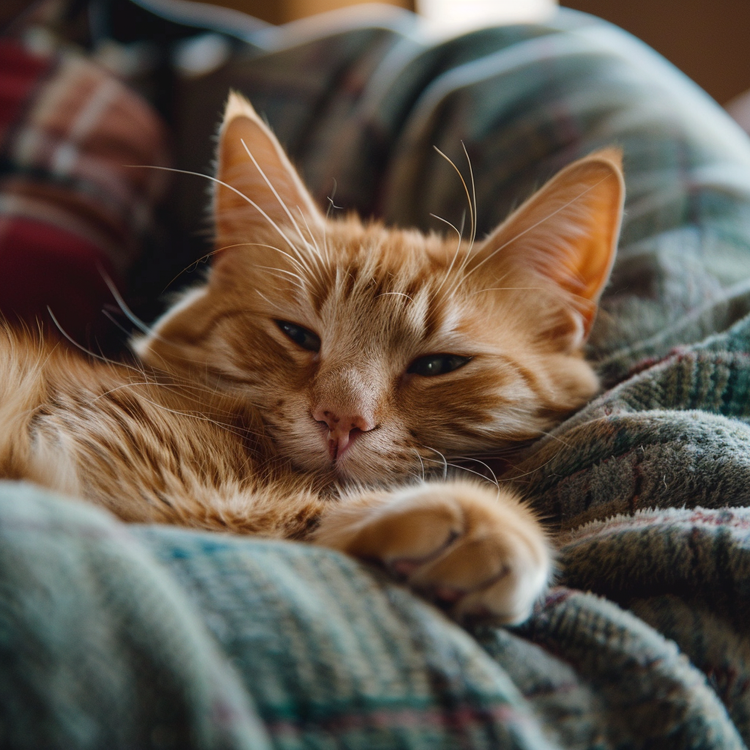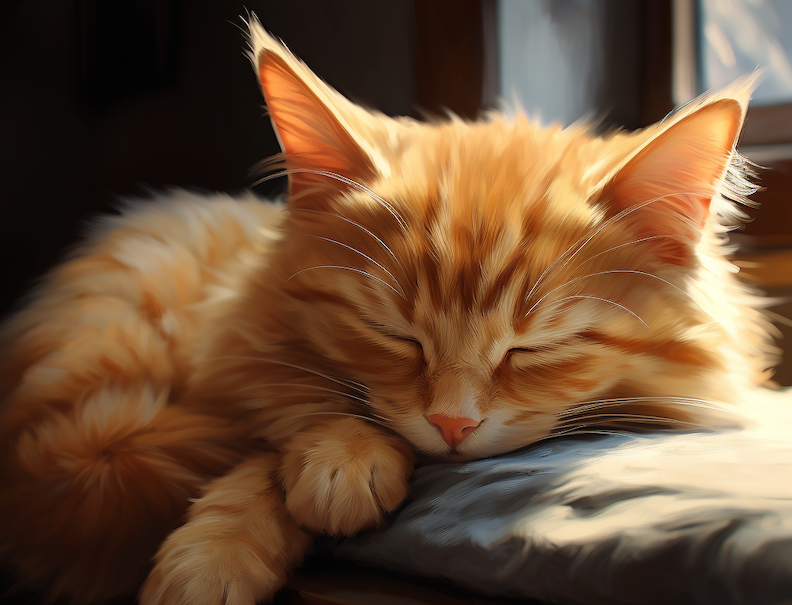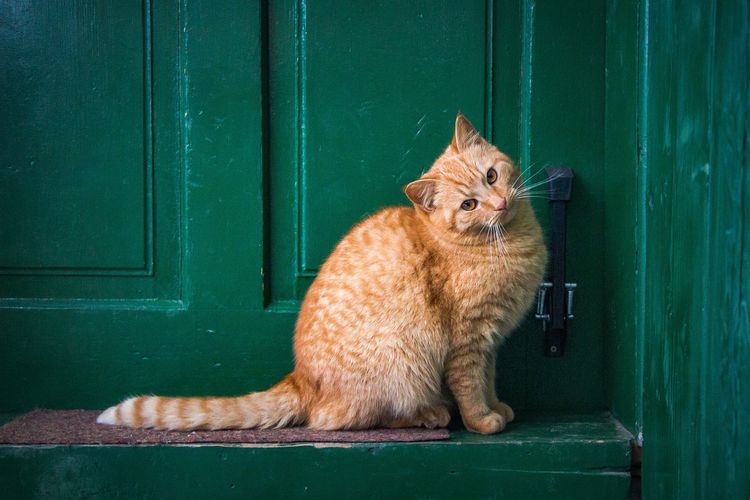Understanding the Feline Language: A Comprehensive Guide to Interpreting Cat Ear Positions
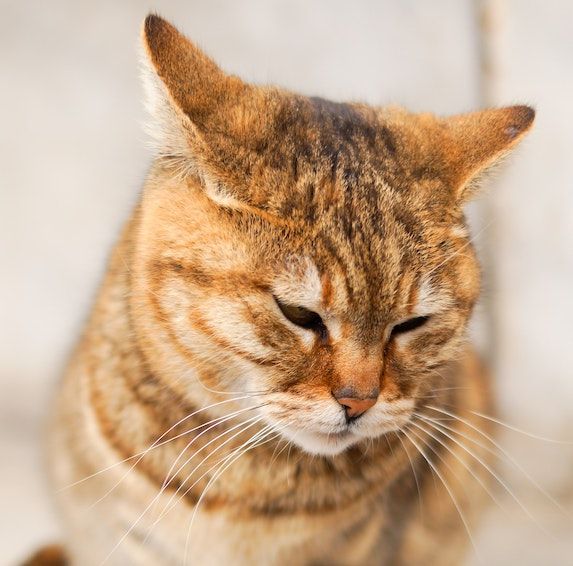
Hey, cat parents and feline enthusiasts! 🐱 Ever wonder what's going on inside that mysterious, fluffy head of your fur baby? While cats can't speak human, their bodies, especially their ears, do a lot of talking. Understanding cat ear positions can make pet care a breeze and supercharge your pet-owner relationship. So, sit back and relax. Ready to become a fluent speaker in Cat-ese? Keep reading to decode what your cat's ear positions are saying.
Why Cat Ears are Important Communication Tools
First off, let's talk anatomy. Cat ears are basically like radar dishes constantly swiveling to catch signals. They're expressive tools connected to a cat's emotions and thoughts. Here's why:
Physical structure and adaptability
Cats have around 32 muscles in each ear, allowing them to rotate 180 degrees. Imagine being able to do that with your ears!
Cats' acute hearing
Beyond their adaptability, cats have a hearing range that outstrips dogs and blows humans out of the water. They can hear ultrasonic noises, like the squeaks of a mouse.
Cats as inherently non-verbal creatures
Lastly, cats are more about show, less about tell. They use their ears, tails, and postures to speak volumes. You just need to listen—with your eyes!
Types of Cat Ear Positions and Their Meanings
Alright, now let's get to the meat of the matter—decoding those ears!
Forward Ears
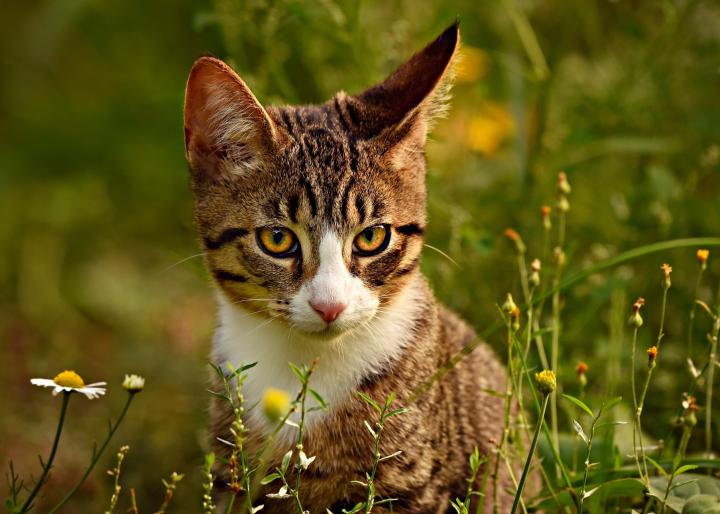
Meaning: When your cat's ears are forward, they're interested, attentive, or even playful.
Common Scenarios: This often occurs when you shake a bag of treats or during playtime.
Sideways Ears
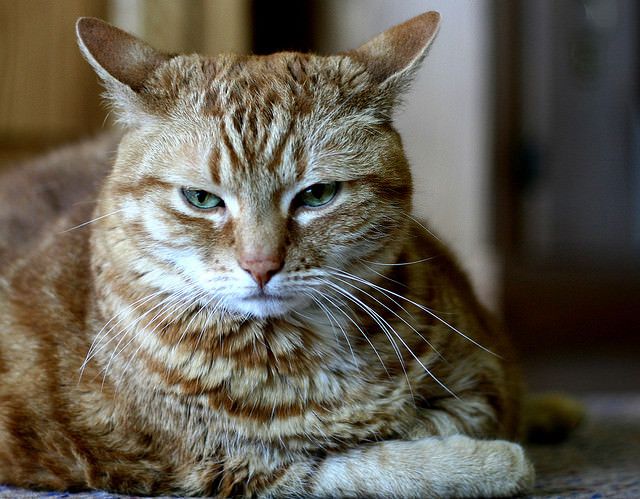
Meaning: A cat with sideways ears is usually annoyed or slightly agitated.
Common Scenarios: You'll likely see this when you've interrupted their 17th nap of the day.
Backward Ears
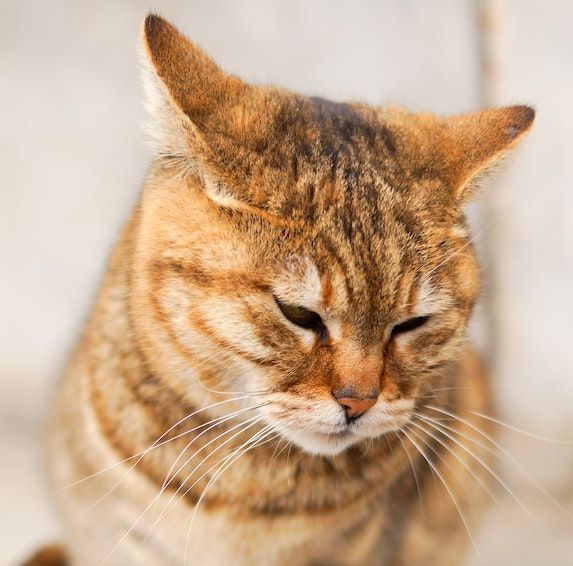
Meaning: This could indicate fear, irritation, or aggression.
Common Scenarios: This can happen during a vet visit or when a stranger walks into the house.
Flattened Ears
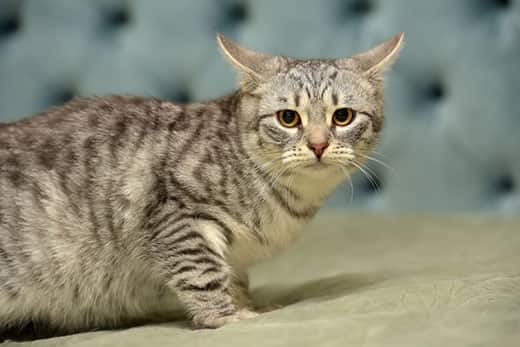
Meaning: Watch out! This is serious. Your cat is either very scared or very irritated.
Common Scenarios: Often seen during thunderstorms or stressful situations.
Twitching or Flicking Ears

Meaning: Your cat is annoyed or anxious.
Common Scenarios: This can happen if a loud noise occurs suddenly or they're simply in a bad mood.
How to Properly Observe Cat Ear Positions
Observing your cat's ears takes more than just a quick glance. You need to be context-aware and keen.
Importance of context
The same ear movement can mean different things depending on the situation. Is the tail lashing? Are the whiskers forward? Look at the whole picture!
Other cues to look for
Beyond ears, note the tail position, body posture, and facial expression. The more cues you can read, the better you'll understand your fur baby.
Real-world example
If your cat's ears are back, and they're hiding under the bed, chances are they're scared. If the ears are back but the tail is puffed, your cat might be aggressive.
Common Mistakes to Avoid
Now let's tackle some frequent slip-ups people make:
Misinterpreting aggression
Just because a cat's ears are back doesn't always mean they're ready to attack. It could also signify fear or stress.
Overlooking health issues
Persistent unusual ear positions might indicate health problems like ear mites or infections.
Misunderstanding mixed signals
Ears forward but tail lashing? Your cat's likely interested but also a bit irritated. Mixed signals happen, even in the feline world.
Cat Breeds and Their Unique Ear Language
Yes, different breeds have their quirks!
Breeds with naturally different ear shapes

Scottish Folds or Sphynx cats have unique ear shapes, which might limit their range of ear movements but not their expressiveness.
Breeds known for being particularly expressive or reserved

Siamese cats are often more vocal and expressive, even with their ears, compared to the more reserved British Shorthair.
How breed traits might influence ear communication

The Maine Coon, known for its friendly demeanor, often sports forward-facing ears, a sign of its curious and social nature.
Final thoughts:
In closing, this comprehensive guide has shed light on the fascinating world of understanding cat ear positions. These subtle but powerful signals are windows into your cat's emotions and thoughts. By becoming fluent in Cat-ese, you're not only deepening your connection with your furry friend but also enhancing their overall well-being.
Every time you notice those perky forward ears or those flattened, slightly annoyed ones, remember that your cat is sharing their world with you. These non-verbal conversations are the cornerstone of a strong pet-owner relationship.
As you continue your journey with your feline companion, use this newfound knowledge to ensure their comfort and happiness. Share this guide with fellow cat lovers, and feel free to share your own experiences in the comments below. Together, we can create a world where cats and their humans understand each other better than ever before. 🐾
FAQs
Before you go, let's tackle some pressing questions you may have:
Are certain breeds more expressive with their ears?
Indeed, certain cat breeds are known to be more expressive than others, both vocally and non-verbally. For example, Siamese cats are renowned for their communicative nature, which extends to their ear movements.
Does age affect ear position communication?
Age can play a role in a cat's ear communication. Younger cats, being generally more energetic and curious, may display more frequent ear movements compared to older, more seasoned felines. However, individual temperament and socialization also influence this behavior.
How can I help my cat feel more comfortable during stressful situations?
Understanding your cat's ear positions is just one part of effective communication. To help your cat feel more comfortable during stressful situations, consider creating a safe and quiet space, offering familiar comforts like their favorite toys or blankets, and providing gentle reassurance through soothing words and petting.
Remember, every cat is unique, so it's essential to combine your understanding of their ear language with an individualized approach to their well-being.
Should I be concerned if my cat's ears are constantly twitching or flicking?
While occasional ear twitching or flicking is typically nothing to worry about, persistent and excessive ear movements might indicate an underlying issue, such as ear mites or irritation. If you notice this behavior persisting, consult your veterinarian for a thorough examination.
Are there any ear positions that always signify contentment or happiness in cats?
While forward ears often indicate curiosity and interest, it's crucial to remember that a cat's mood is influenced by various factors. Instead of relying solely on ear positions to gauge their happiness, consider their overall behavior, body language, and vocalizations to get a more comprehensive picture of their emotional state.
